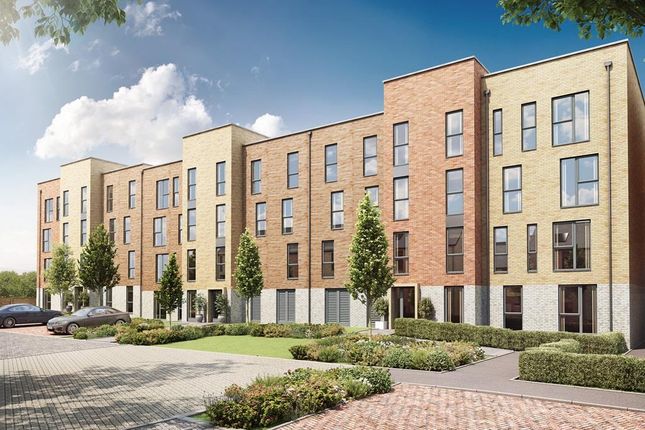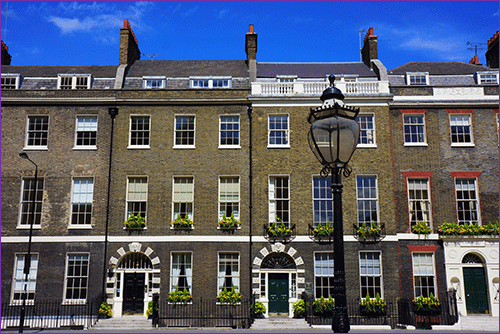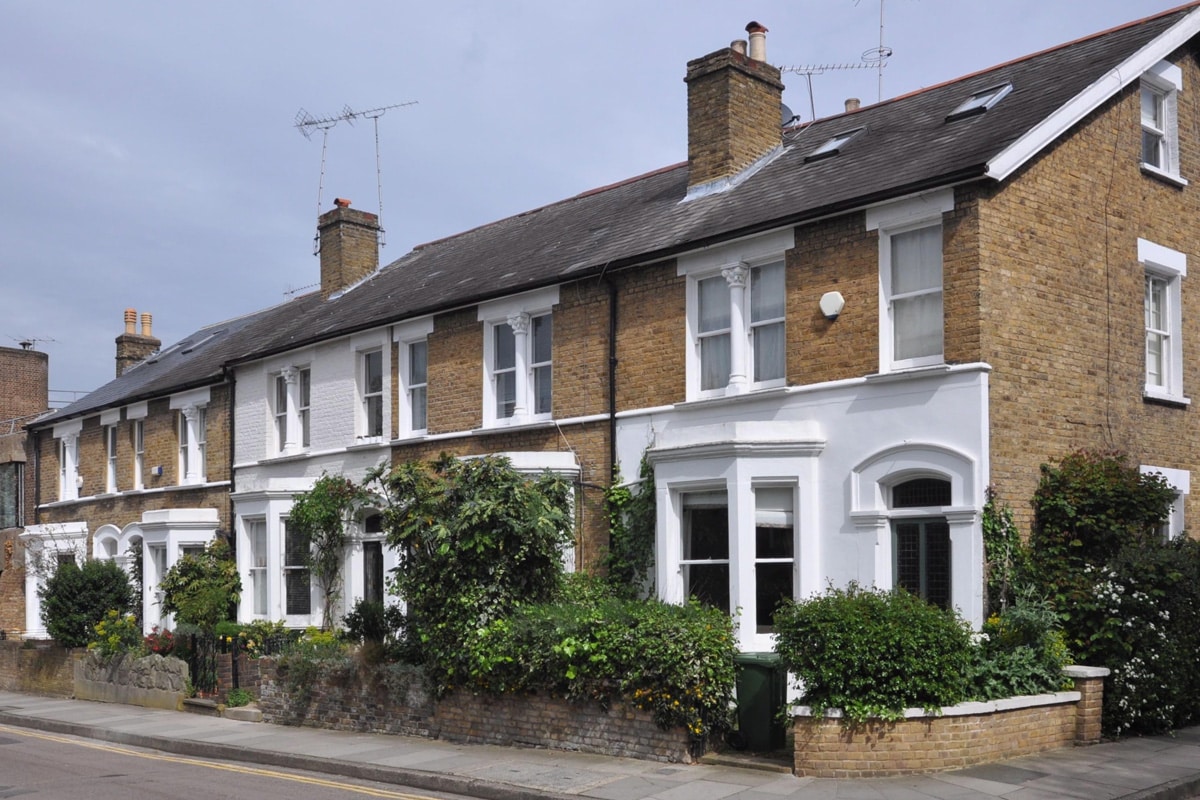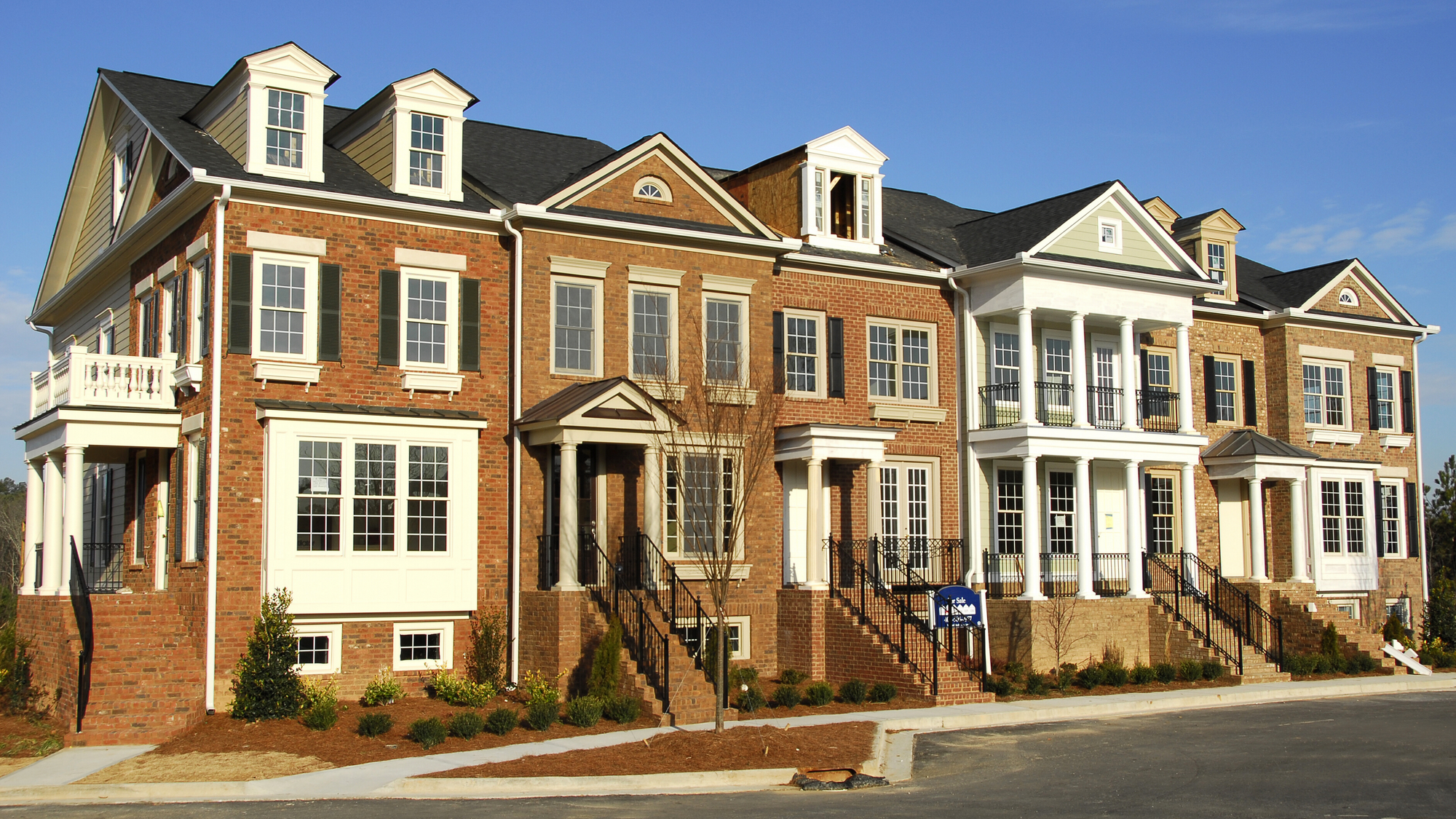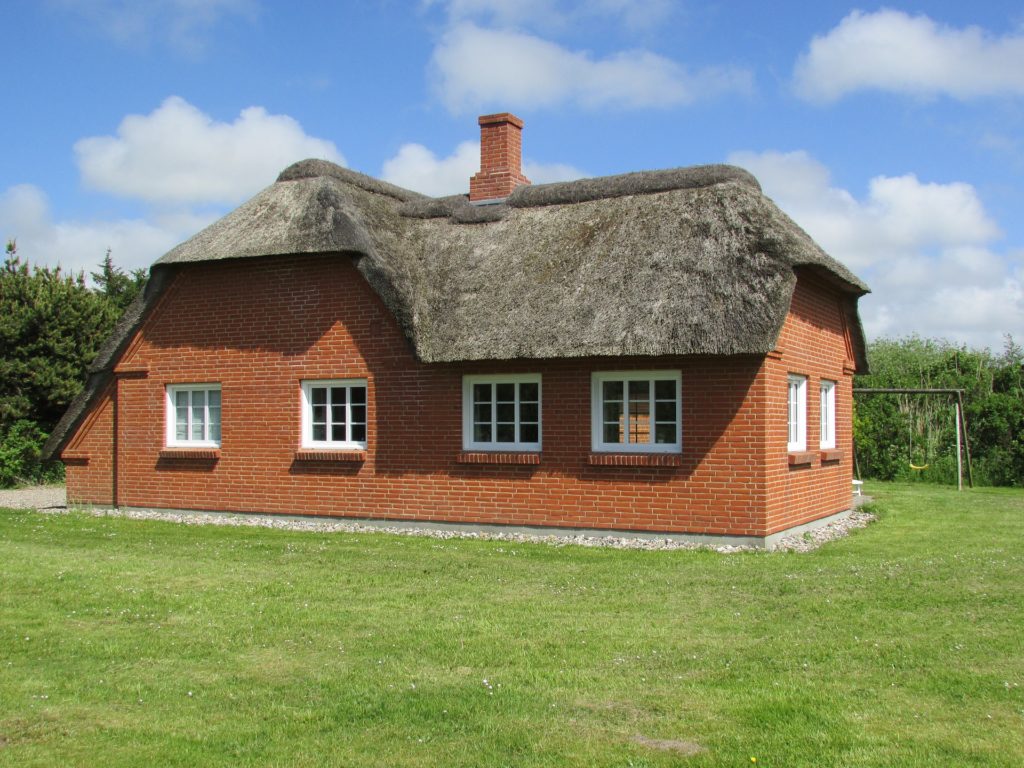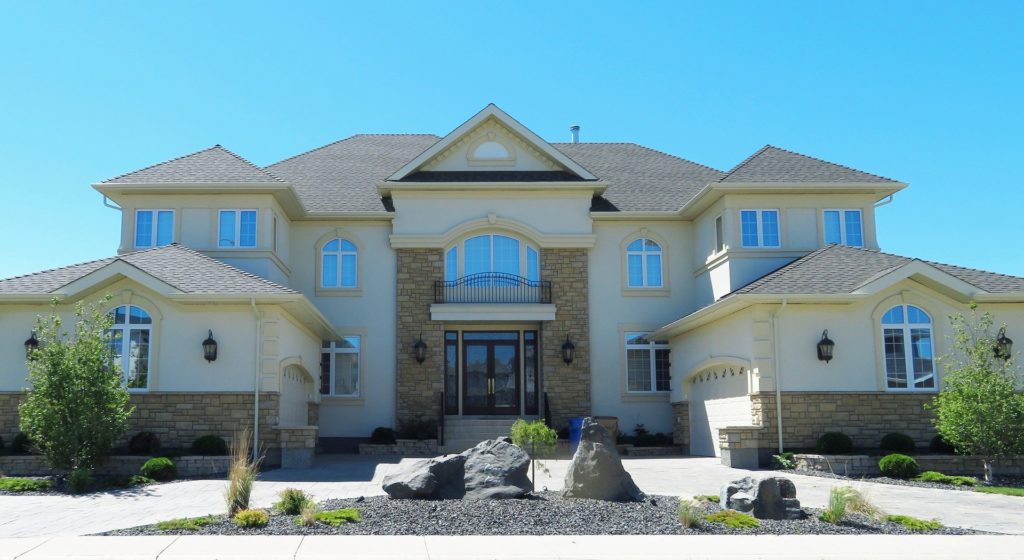Once you’ve registered for your eVisa, there may be times when you need to provide proof of your immigration status to others. Here’s a quick guide on how to do that and what you should keep in mind.
How to Prove Your Immigration Status
If you need to show your UK immigration status to someone, you can easily obtain a Share Code.
Simply visit this link (https://www.gov.uk/view-prove-immigration-status) and log in to your UKVI account using your passport or BRP card number along with your date of birth.
Important Note: If your UKVI account was created using a passport, log in with your passport number. If you used a BRP card, log in with your BRP number.
What Can You Use Your Share Code For?
Your Share Code can be used for various purposes, including:
- Employers verifying your legal status and its validity.
- Landlords checking your immigration status.
- Applying for a driving license or provisional license.
- Applying for student loans.
- Enrolling in UK schools or training programs.
- Personal finance applications (like bank accounts, loans, mortgages, or credit cards).
- Applying for housing assistance or government welfare programs.
Please note, your Share Code can only be used by others if you actively share it along with your date of birth. Keep your Share Code and personal information secure, and only share it with trusted entities. Each Share Code is valid for 90 days.
How to Share Your Share Code with Employers
When providing your Share Code to an employer, you have two options:
1. Directly through UKVI:
Go to this link (https://www.gov.uk/view-prove-immigration-status) to generate your Share Code. You can fill in your employer’s email address, and the code will be sent directly to them.
2. Copy and Paste:
You can also copy the Share Code and privately send it to your employer along with your date of birth.
For Employers: Checking Employees’ Immigration Status
If you are an employer or need to check someone else’s immigration status, visit this link (https://www.gov.uk/check-immigration-status).
Travelling In and Out of the UK
Biometric Residence Permit cards will now remain valid for travel until at least 31st March 2025.
If you change your passport or personal details, it’s crucial to log into your UKVI account and update your passport information.
Your eVisa is linked to the passport details in your UKVI account, which will be referenced during your travels.
You can use the document you registered with when applying for your eVisa as proof of your legal status while travelling (as long as it meets entry requirements).
If you hold multiple nationalities, ensure you use the passport linked to your UKVI account for travel or add details of your other passports to your UKVI account.
Note: The immigration officer will only recognise the passport you uploaded to your eVisa account for entry into the UK.
For example, if you’ve registered a Hong Kong SAR passport but decide to travel with an unregistered BNO passport or an updated Hong Kong SAR passport, the officer may not find your UK visa associated with the unregistered passport. It’s important to upload any passports you hold before obtaining a UK passport.
Updating Your UKVI Information
To update your personal information, visit the UKVI update website:
[Update UKVI account] https://www.gov.uk/update-uk-visas-immigration-account-details/update-your-ukvi-account
Log into your account and choose to add a new travel document. Ensure that any photos uploaded are clear and legible.
The process is straightforward and once submitted the request, it will take up to 2 weeks to be approved. You will receive an email about the new Identity documents approved and you’ll see your new document details in your account.
By following these steps, you can effectively manage your eVisa and ensure a smooth experience in the UK.



